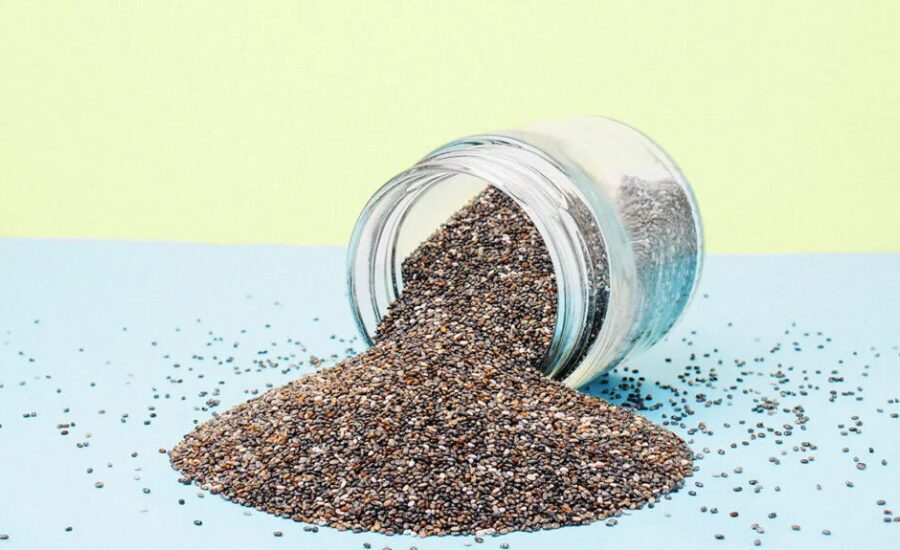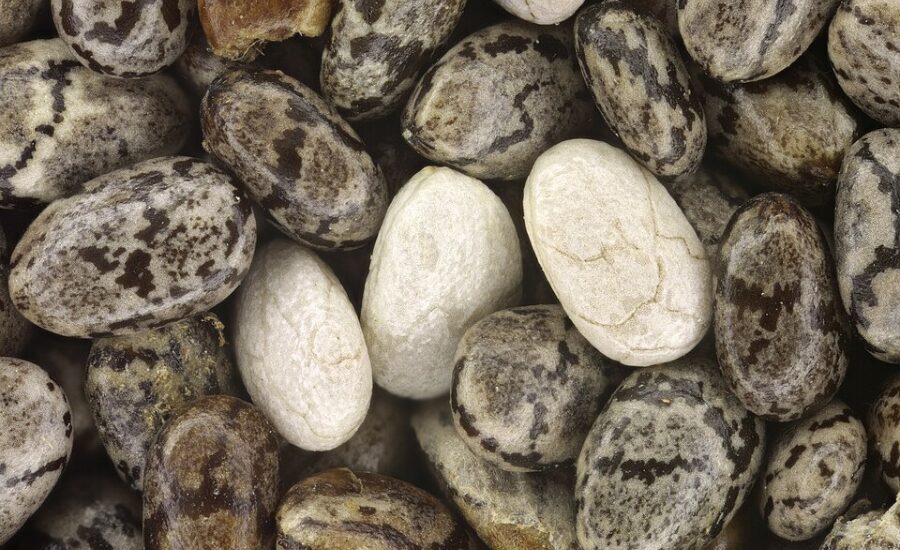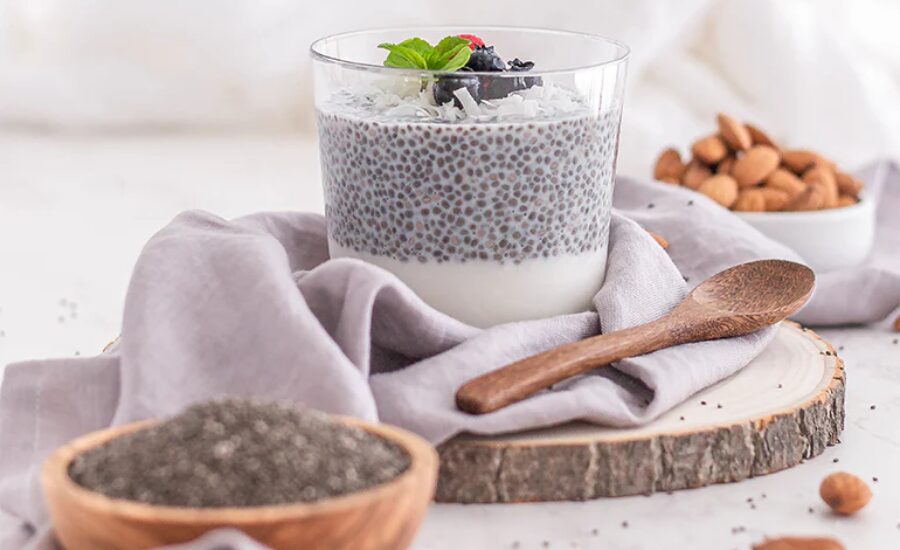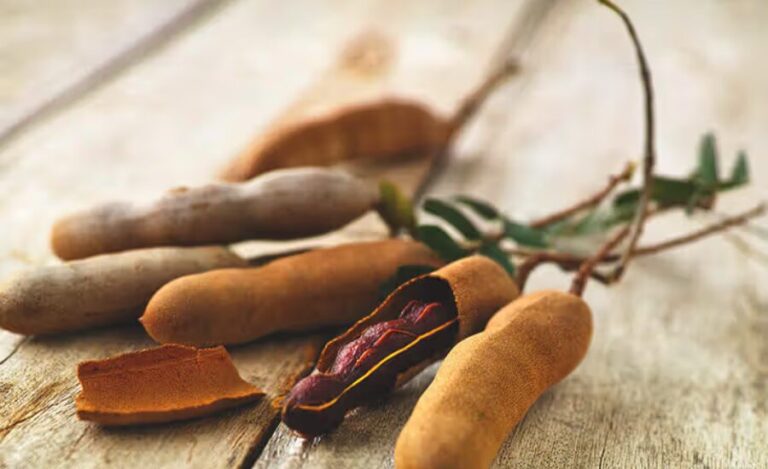Chia seeds Chia seed benefits, Nutritional heavyweights & More
Chia seeds are tiny, oval-formed seeds that are available in shades of black, brown, and white. They are derived from the Salvia hispanica plant, a member of the mint circle of relatives that before everything grew in areas of Mexico and Guatemala. This historic crop has been cultivated for loads of years, valued for its dense nutritional content material and flexibility inside the kitchen.
Although chia seeds may also remind a few humans of the novelty “Chia Pets,” which sprout green leaves from clay figures, the seeds used for eating are cultivated in any other manner and are in particular meant for safe human consumption.
One of the most fascinating characteristics of chia seeds is their capacity to take in liquid. When soaked in water or different fluids, they broaden a gel-like coating that creates a completely unique texture, frequently found in chia puddings and functional liquids. In reality, the seeds can absorb as much as 12 times their weight in liquid, which makes them an extremely good element for keeping moisture in baked items and distinctive recipes.
Chia seed benefits

Chia seeds may be tiny, however they % a critical dietary punch. Known for being rich in omega-three fatty acids—in particular alpha-linolenic acid (ALA)—they’re frequently compared to ground flaxseed for his or her coronary heart-wholesome fats content material. Omega-3s are crucial fat that play a key function in helping cardiovascular health, reducing irritation, and preserving mind characteristics.
One of China’s standout features is its excessive nutritional fiber content material. Just a unmarried serving (around 2.5 tablespoons of dried seeds) gives kind of 10 grams of fiber, which is nearly a third of the advocated daily intake for adults. This fiber helps adjust digestion, promotes a wholesome gut, and can make a contribution to improved levels of cholesterol. It additionally slows the digestive technique, which allows you sense complete longer—making chia a precious addition to weight control plans.
In addition to omega-3s and fiber, chia seeds are an awesome supply of plant-based total protein and include a balanced profile of carbohydrates and fat, maximum of which might be the unsaturated, coronary heart-protective type. A typical serving presents approximately:
- 140 energy
- 5 grams of protein
- 12 grams of carbohydrates
- nine grams of general fats (with about eight grams from wholesome fats)
Research has shown that diets excessive in fiber may also additionally reduce the risk of continual situations which incorporate kind 2 diabetes, coronary heart illness, and even certain sorts of maximum cancers, which include colorectal maximum cancers.
Thanks to this wealthy nutrient profile, chia seeds are a clean and effective manner to reinforce the health benefits of meals—whether or no longer sprinkled over oatmeal, stirred into smoothies, or baked into power bars.
Chia seeds: Nutritional heavyweights
Chia seeds may be small, but they’re loaded with critical vitamins that assist ordinary health and health. These flexible seeds are a rich source of dietary fiber, plant-based total protein, omega-three fatty acids, antioxidants, and crucial minerals like calcium, magnesium, and phosphorus—all of which play a function in maintaining a healthful body.
Omega-three Fatty Acids: Brain and Heart Health
One of chia seeds’ maximum celebrated vitamins is omega-3 fatty acids, in particular alpha-linolenic acid (ALA)—a plant-based shape of omega-three. Since the human body can’t produce ALA on its own, it needs to be obtained through meals.
- ALA has been linked to a number of health advantages, which include:
- Supporting cardiovascular fitness
- Aiding brain feature and cognition
- Reducing irritation, that’s a common component in lots of continual diseases
While omega-3s are typically related to fatty fish and positive nuts, chia seeds offer a valuable plant-based total alternative for those on vegetarian or vegan diets.
Fiber:
A single ounce of chia seeds (approximately 2–3 tablespoons) includes nearly 10 grams of nutritional fiber, which makes it one of the most fiber-dense plant meals available.
- Regular fiber consumption has been shown to:
- Lower LDL cholesterol and triglycerides
- Increase HDL (correct) ldl cholesterol
- Improve blood sugar law
- Promote digestive regularity
Help lessen the hazard of coronary heart sickness, kind 2 diabetes, colorectal cancer, and inflammatory conditions
Fiber additionally supports intestine fitness by means of improving stool consistency and motion, which can assist prevent constipation and sell a healthier digestive machine.
Antioxidants: Natural Cellular Protection

Chia seeds are filled with herbal antioxidants, including tocopherols, carotenoids, phytosterols, and numerous polyphenols. These compounds help defend the frame towards loose radicals, which can be volatile molecules that contribute to cellular harm and growing old.
By lowering oxidative stress, antioxidants in chia seeds may additionally decrease the danger of growing:
- Heart disorder
- Type 2 diabetes
- Inflammatory conditions
- Certain cancers
- Neurodegenerative diseases like Alzheimer’s
This antioxidant protection is one of the reasons chia has regularly appeared as a useful superfood.
Protein: Complete and Plant-Based
Chia seeds provide a shocking amount of plant-based total protein, imparting all 9 essential amino acids that the frame wishes however cannot produce on its own. This makes them an entire protein source—uncommon for a plant-based total meal.
Protein in chia seeds allows:
- Stabilize blood sugar stages
- Promote muscle repair and protection
- Offer a steady source of power, especially while fed on as a part of a balanced meal or snack
Fat
One of the standout dietary capabilities of chia seeds is their super awareness of omega-3 fatty acids, particularly alpha-linolenic acid (ALA)—a shape of wholesome fat recognized for its heart-defensive houses.
Roughly 60% of the fat content material fabric in chia seeds comes from ALA, at the same time as approximately 20% consists of omega-6 fatty acids. This favorable ratio of omega-3 to omega-6 is tremendous, because it enables a balanced inflammatory response inside the frame and contributes to traditional cardiovascular fitness.
Among all plant-based meals, chia seeds rank on the pinnacle as regards to omega-3 content cloth material—even surpassing flaxseeds, which can be often praised for similar advantages. This makes chia seeds a particularly treasured desire for humans following vegan or vegetarian diets, in which marine sources of omega-3s like fish oil aren’t generally consumed.
According to a whole assessment posted in 2019, ALA has been established to assist decrease ldl cholesterol and triglyceride ranges, regulate blood pressure, and might reduce the chance of continual conditions together with heart sickness and kind 2 diabetes. There’s moreover developing interest in ALA’s ability function in helping mind health, despite the fact that in addition studies is wanted to verify its impact on cognition and reminiscence.
That stated, it’s crucial to apprehend how the frame procedures ALA. For it to be definitely utilized, ALA should be converted into its more active bureaucracy: eicosapentaenoic acid (EPA) and docosahexaenoic acid (DHA)—the identical omega-3s determined in fatty fish. However, the human frame converts ALA to EPA and DHA at a notably low price, this means that whilst chia is beneficial, it couldn’t absolutely replace marine omega-three sources for those who consume them.
How to incorporate chia seeds into your diet

Incorporating chia seeds into your day by day meals is each simple and flexible. Thanks to their impartial flavor and tiny size, they may be brought to a lot of dishes without converting the flavor or texture significantly.
A short and clean manner to start the use of chia seeds is by sprinkling a tablespoon or over your favorite ingredients. They work properly on yogurt, oatmeal, salads, and breakfast cereals, supplying a nutritional increase with no fuss. You also can stir them into smoothies, soups, or sauces, or combo them into pancake or muffin batter to beautify the fiber and omega-3 content material of your recipes.
One of the most famous and exciting strategies is making chia seed pudding. When soaked in liquid—including plant-based total milk or fruit juice—chia seeds absorb the moisture and shape a gel-like consistency, becoming a texture much like tapioca. Letting them sit for some hours or in a single day results in a fulfilling, pudding-fashion snack or breakfast that’s wealthy in vitamins and easy to personalize with fruits, nuts, or sweeteners.
Whether you are searching for a brief power improvement, more fiber for your meals, or a nutritious snack, chia seeds provide a convenient and health-supportive manner to upgrade your normal eating regimen.
Summary:
Origin & Description: Chia seeds are tiny, oval-shaped seeds from the Salvia hispanica plant, native to Mexico and Guatemala. Traditionally valued for their rich nutrition, they come in black, white, and brown varieties. Despite their fame from “Chia Pets,” edible chia seeds are grown differently and intended for safe human consumption.
Unique Property: Chia seeds absorb up to 12x their weight in liquid, forming a gel-like texture—useful in puddings, drinks, and moisture-rich recipes.
Nutritional Benefits:
Omega-3 Fatty Acids (ALA):
- Supports heart health, brain function, and reduces inflammation
- Especially valuable for vegetarians/vegans
- Body converts ALA inefficiently into EPA and DHA (found in fish oil), so chia can’t fully replace marine omega-3s
Fiber:
- ~10g per 2.5 tbsp (about 1/3 of daily needs)
- Improves digestion, helps manage weight, lowers bad cholesterol, and supports gut health
Protein:
- Contains all 9 essential amino acids (a complete plant protein)
- Aids muscle repair and energy balance
Healthy Fats:
- ~60% of china’s fat is ALA; ~20% is omega-6
- Favorable omega-3 to omega-6 ratio supports heart and inflammatory health
Antioxidants:
- Includes polyphenols, carotenoids, and phytosterols
- Protects cells from aging and reduces risk of chronic diseases like cancer, diabetes, and Alzheimer’s
Key Minerals:
- High in calcium, magnesium, and phosphorus
- Supports bone health, energy production, and muscle function
How to Use Chia Seeds:
- Sprinkle on yogurt, oatmeal, cereals, salads
- Mix into smoothies, soups, sauces, or baking batter
- Make chia pudding by soaking in plant milk or juice overnight
- Great for fiber, protein, and omega-3 boosts without altering flavor
Facts:
Origin & Appearance
- Botanical Source: Salvia hispanica (mint family)
- Native to: Mexico and Guatemala
- Appearance: Tiny, oval-shaped seeds in black, white, or brown
Unique Properties
- Absorbs up to 12 times its weight in liquid
- Forms a gel-like texture when soaked—great for puddings and moisture retention in recipes
Nutritional Highlights (per ~2.5 tbsp serving)
- Calories: ~140 kcal
- Protein: ~5g (complete protein with all essential amino acids)
- Carbohydrates: ~12g
- Fiber: ~10g
- Fat: ~9g (with ~8g from healthy unsaturated fats)
- Omega-3s (ALA): High concentration
- Minerals: Rich in calcium, magnesium, and phosphorus
- Antioxidants: Tocopherols, carotenoids, polyphenols
Health Benefits
- Heart Health: Omega-3s (ALA) help lower bad cholesterol, triglycerides, and blood pressure
- Brain Function: ALA may support cognitive health (though conversion to EPA/DHA is limited)
- Digestive Health: High fiber promotes regularity and supports gut microbiota
- Weight Management: Fiber and protein increase satiety
- Blood Sugar Control: Fiber slows digestion and moderates sugar absorption
- Anti-inflammatory & Antioxidant: Helps reduce oxidative stress and inflammation
- Disease Prevention: May reduce risks of heart disease, type 2 diabetes, colorectal cancer, and Alzheimer’s
Ways to Use Chia Seeds
- Sprinkle on: Yogurt, oatmeal, cereal, salads
- Stir into: Smoothies, soups, sauces
- Bake into: Muffins, pancakes, granola bars
- Make: Chia pudding (soaked in milk/juice, overnight or for a few hours)
Diet-Friendly
- Gluten-free
- Suitable for vegan and vegetarian diets
- No need to grind (unlike flaxseeds)
- Long shelf life (up to 2 years when stored properly)
FAQs:
Q1: Are chia seeds safe to eat every day?
A: Yes! They’re safe for daily use in moderate amounts—1 to 2 tablespoons is a common serving. Drink plenty of water with them to aid digestion due to their high fiber content.
Q2: Do I need to grind chia seeds like flax seeds?
A: Nope! Chia seeds are fully digestible in whole form and don’t need grinding to unlock their nutrients.
Q3: What makes chia seeds good for the heart?
A: Their high content of ALA (alpha-linolenic acid), a type of omega-3 fatty acid, helps reduce LDL cholesterol, triglycerides, and inflammation—key for heart health.
Q4: Can chia seeds help with weight loss?
A: Yes, the high fiber and protein content helps you feel full longer, which may reduce overall calorie intake and support weight management.
Q5: Are chia seeds a complete protein?
A: Absolutely! They contain all 9 essential amino acids, making them a rare complete protein source among plant foods.
Q6: What’s the best way to eat chia seeds?
A: Sprinkle on oatmeal, yogurt, or salads. Soak in water or milk for chia pudding, or blend into smoothies and baked goods for a nutritious boost.
Q7: Do chia seeds contain antioxidants?
A: Yes! They’re packed with natural antioxidants like polyphenols and carotenoids that help protect your cells from aging and disease.
Q8: Can chia seeds replace fish oil for omega-3s?
A: They’re a great plant-based source of ALA, but the body converts ALA to EPA/DHA (the active omega-3s in fish) inefficiently. For full omega-3 benefits, especially brain health, vegans may consider algae-based EPA/DHA supplements.
Q9: How should chia seeds be stored?
A: Keep them in a cool, dry place in an airtight container. Thanks to their antioxidant content, they can stay fresh for up to 2 years.
Read More Information About celebirity At incrediblestreet.com



